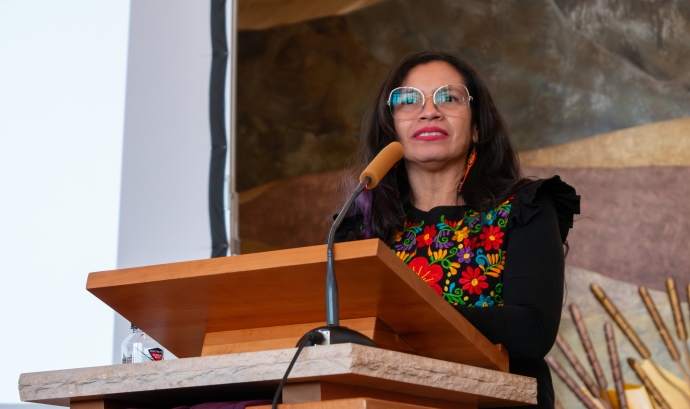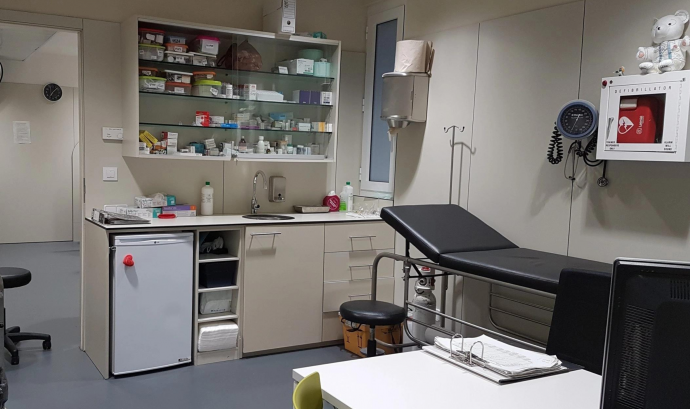Religion, Language and Culture in Catalonia
The new exhibition “Religion, Language and Culture in Catalonia”, which opens its doors on 22 October, looks at the contribution religions have made to shaping the cultural and linguistic characteristics of Catalonia. The exhibition will be open to the public in the Palau Robert in Barcelona until 31 January 2010. “Religion, Language and Culture in Catalonia” consists of five sections and includes objects, works of art, texts, information panels and audio-visual presentations that demonstrate the connection between religion, language and culture from the Roman period to modern times.
The new exhibition “Religion, Language and Culture in Catalonia”, which opens its doors on 22 October, looks at the contribution religions have made to shaping the cultural and linguistic characteristics of Catalonia. The exhibition will be open to the public in the Palau Robert in Barcelona until 31 January 2010. “Religion, Language and Culture in Catalonia” consists of five sections and includes objects, works of art, texts, information panels and audio-visual presentations that demonstrate the connection between religion, language and culture from the Roman period to modern times.
The first two sections serve as an introduction and present religion and its traits in Catalonia: The third section focuses on the holy books (the Bible and the Koran) and gives an overview of the books containing the rites and theology of the old and new religions in Catalonia published in Catalan, the catechisms, as an instrument of religious teaching, and one of the earliest books in Catalan, the Homilies de Tortosa [Sermons of Tortosa]. The fourth space looks at the influence of religion on popular culture. It also features religious music, popular religious songbooks and a selection of magazines in Catalan published by religious institutions from the years of the persecution of the language during the Franco era through to the present day. The fifth section brings the exhibition to a close with a consideration of aspects that are deeply rooted in popular religion (ex-votos and goigs – poems chanted in honour of the Virgin and Saints).

















Afegeix un comentari nou